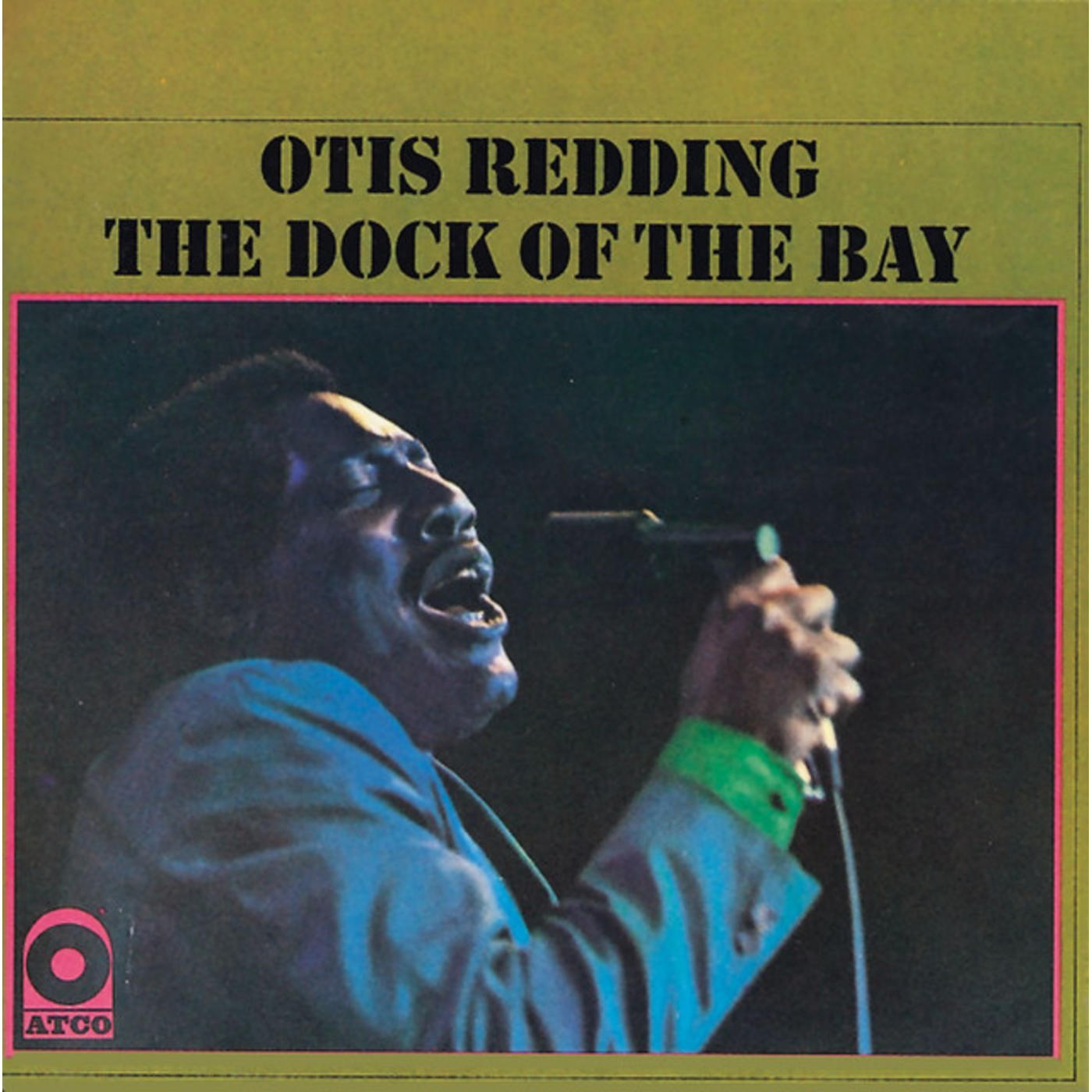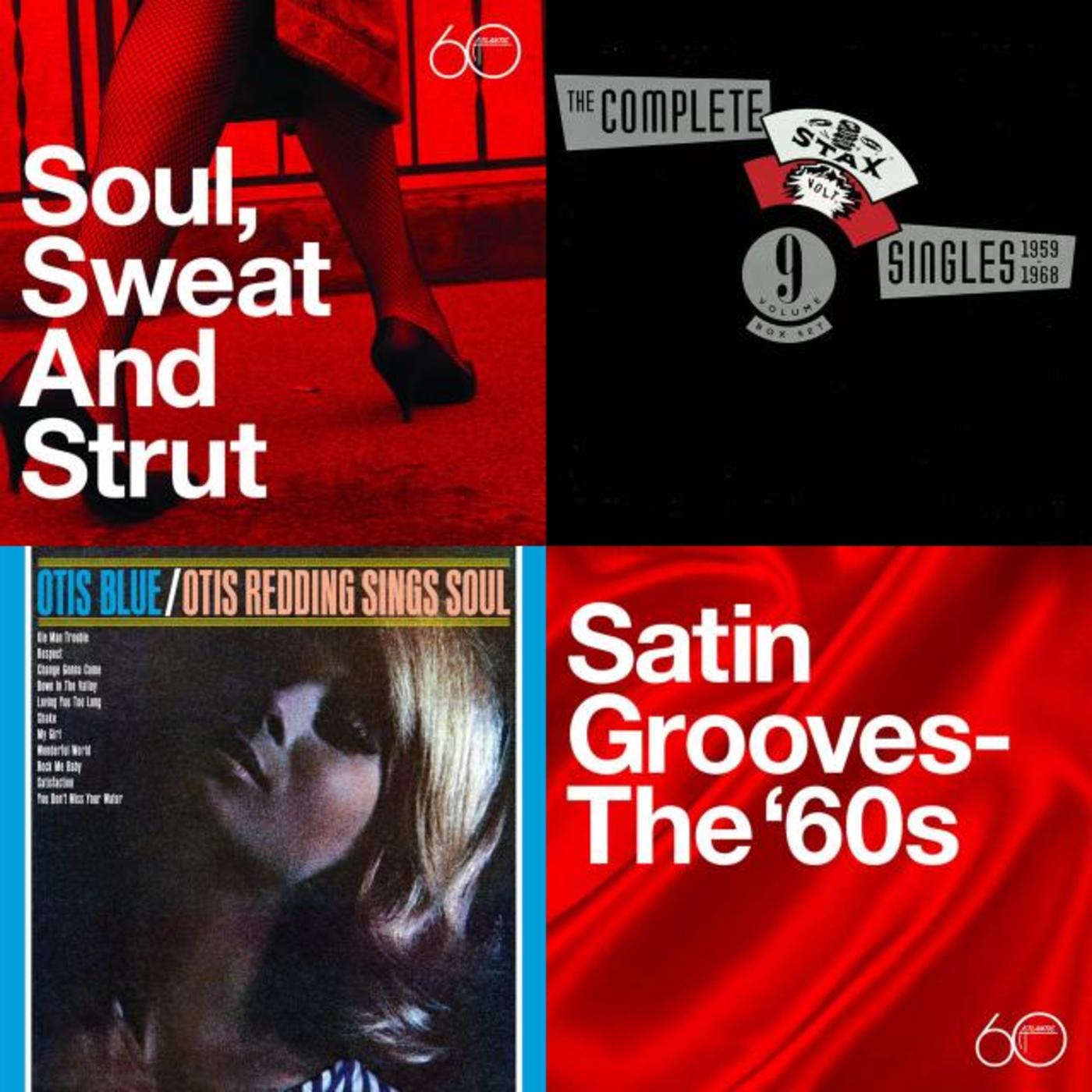Rhino Factoids: Otis Redding Wraps Up “The Dock of the Bay”

48 years ago today, Otis Redding recorded the second and final version of the song that would become the first and only #1 pop hit of his entire career. Sadly, it would prove to be a posthumous one, as Redding died in a plane crash only three days later.
Redding composed the first verse of the song in August 1967 while he was on tour with the Bar-Kays - or if you want to get specific, he wrote it on a houseboat in Sausalito, California - and as the year progressed, he continued to come up with additional lines while continuing to tour. It wasn't until November 22 that he finally had enough of the song together and had enough time to enter Stax Records' recording studio and lay down a version of the song with producer and guitarist Steve Cropper, who's also credited as a co-writer.
“The story I got (was that) he was renting a boathouse or stayed at a boathouse or something, and that's where he got the idea of the ships coming in the bay there,” Cropper told NPR. “And that's about all he had: 'I watch the ships come in and I watch them roll away again.' I just took that…and I finished the lyrics.”
On December 8, Redding and Cropper entered the studio again, this time to do some overdubs on the track in order to finish it up. In the liner notes for the documentary Dreams to Remember: The Otis Redding Story, Rob Bowman notes that Redding had told his wife that he had wanted to use “Sittin' on) The Dock of the Bay” to “change his style” and “be a little different.” Originally there had been talk of hiring the Staples Singers to record backing vocals, but it never came to fruition. Nor did Redding's plan to more or less talk the record to a conclusion: as Cropper revealed, Redding forgot what he'd been planning to say, so he ended up just whistling instead. (In the end, however, the whistling you hear on the album is that of Redding's bandleader, Sam “Bluzman” Taylor, but matching Redding's efforts.)
Redding was only 26 when he died in that plane crash on December 10, 1967, which is no less tragic today than it was then, but at least he had enough time to compose a #1 hit before he left. It's just a shame he couldn't stick around to actually see it hit the top spot.


